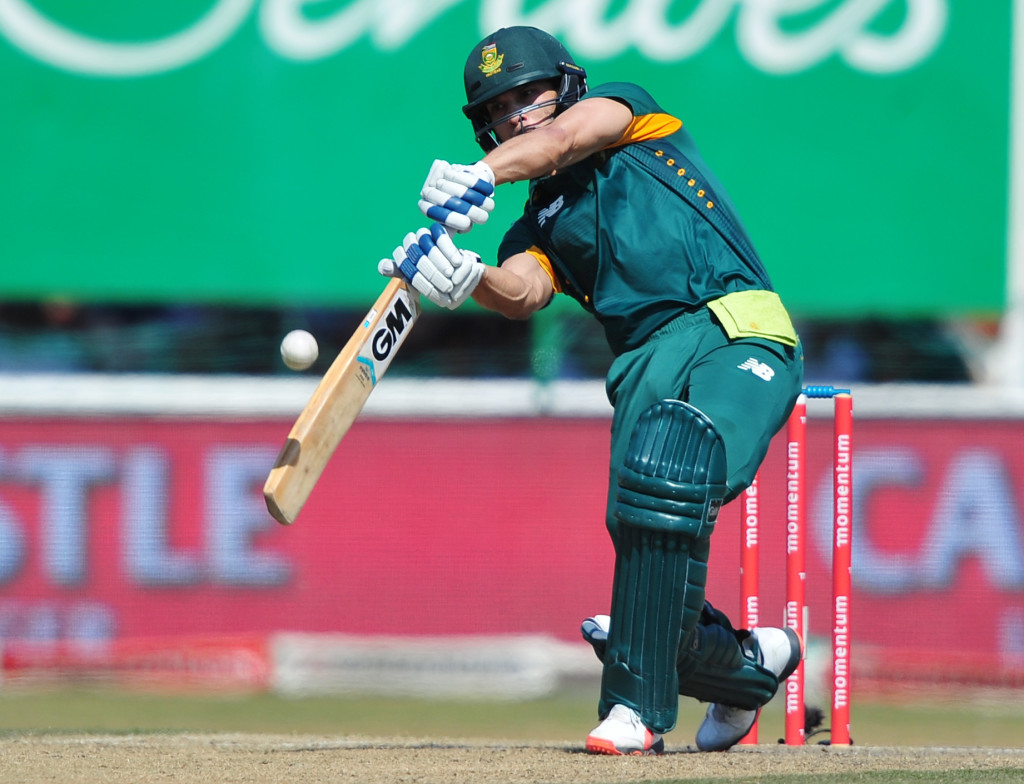The series against New Zealand was a mixed bag for South Africa, but the most important thing was that they won.
SACricketmag.com looks at the positives and negatives that came out of the three one-day internationals.
Fielding
Let’s get all the negative stuff out of the way. The fielding (catching) from both teams was shocking, perplexing and uncharacteristic. Neither captain could explain it afterwards but to see South Africa, who are usually the standard bearers for world-class fielding, drop so many catches was strange. The Proteas were fortunate to win the series despite this, because a better team on a different day would have punished them for it.
Fragile middle order
Missing Faf du Plessis and JP Duminy in this series was both a negative and a positive. A negative because it weakened the middle order considerably but a positive because it tested the batting depth, with mixed results. South Africa were exposed in the second ODI in Potchefstroom, but had enough contributors at the top of the order and the lower order in the decider. Du Plessis was perhaps a bigger loss than Duminy, but with David Miller out of sorts, it put a lot of pressure on Hashim Amla and AB de Villiers to come good with the bat.
Behardien makes his case
The pressure was on Farhaan Behardien in the series to show why the selectors have persevered with him, and he did just that. He scored a well-played 70 in the second ODI and an equally important 40 in the final game to prove he has the ability to close out an innings with the tail. He also offers a bowling option and has done enough in this series to go to India later this year. He may well have to move No 7 to accommodate the return of JP Duminy, but the truth is that Behardien has the ability to bat anywhere in the batting order, so it doesn’t really matter.
But what about David Wiese?
Wiese, more than anyone, needed a good showing in Durban to repay the selectors’ faith in him throughout the series. He had a terrible time in the field, dropping routine catches and didn’t quite convince with the bat, but it would be unfair to drop him after only three games. Playing in this series would have been a big learning curve for him and he should at least go to India as a squad player. It must also not be forgotten that despite being expensive at times, Wiese still managed to take wickets at crucial times. He ended the series as the joint top wicket-taker (5) together with teammate Imran Tahir and New Zealand’s Adam Milne.
Thank you for your service
This was, barring catastrophic injury in the future, probably the last time Morne van Wyk will play international cricket. He didn’t do much in the two T20I games and only came good in the final ODI with 58, but it was too late, especially if one considers Quinton de Kock’s three hundreds on tour for the South Africa A side currently on tour in India. Dane Vilas will in all likelihood be De Kock’s deputy in all formats going forward. Van Wyk was a loyal servant of South African cricket over the years, but at 36 years of age, his time is up.







